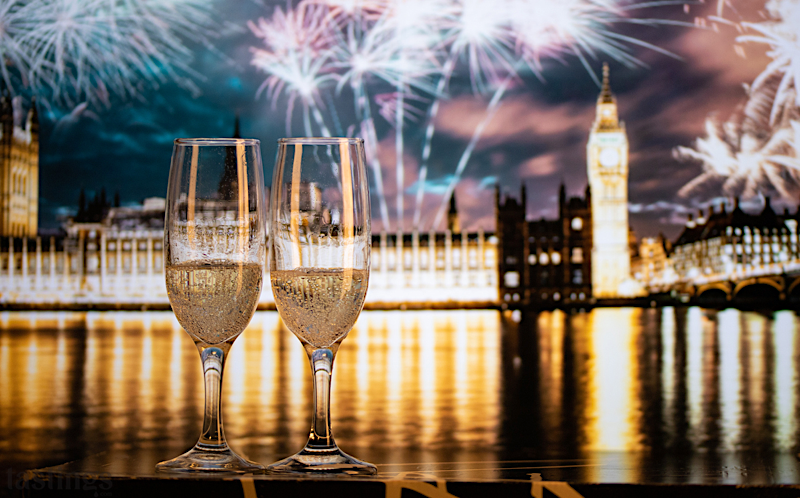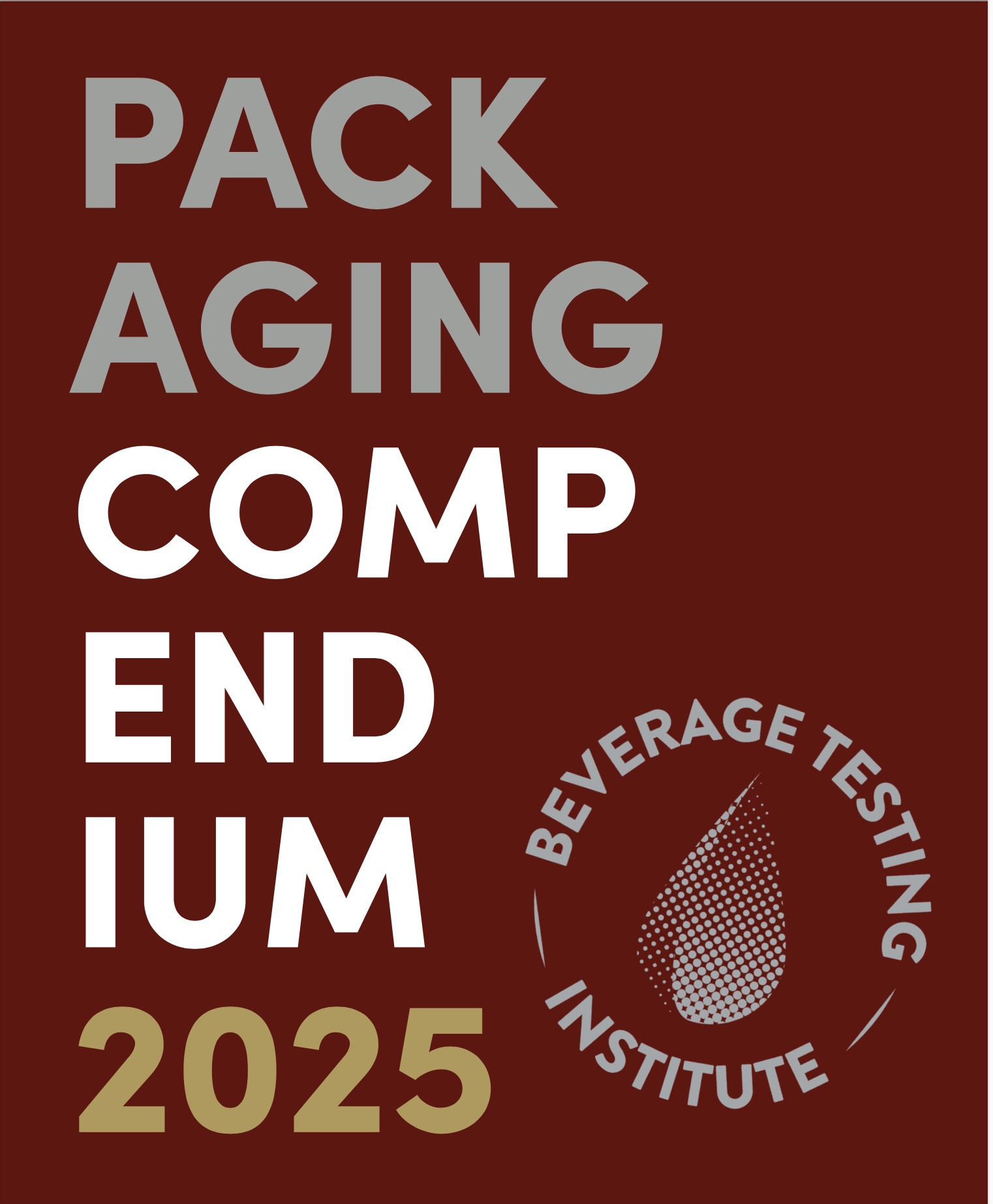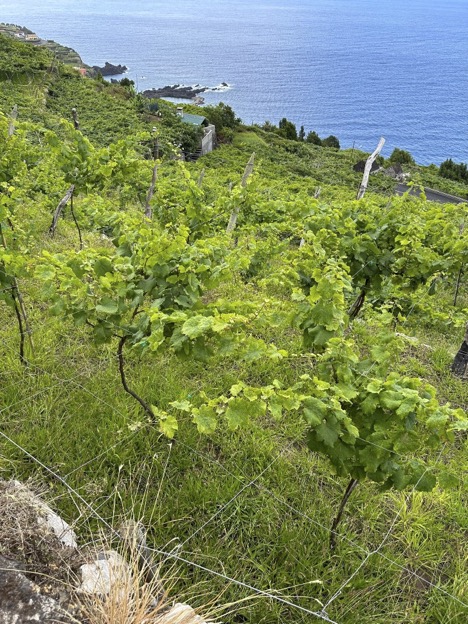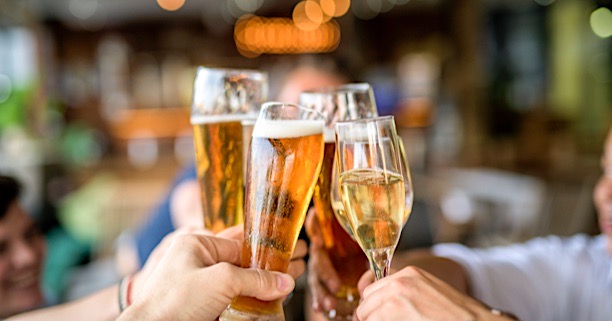English Sparkling Wine is Having a Moment
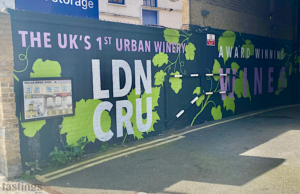
Situated just 200 miles northeast of Champagne, the vineyards of southern England are less than two degrees latitude north of the famed French wine region and planted on similar soils. And now with slightly warmer temperatures, this part of England is becoming a hub for high quality wines that are so good, they are beginning to rival some of those produced by their French neighbors.
The visit to Kent and Sussex was to chat with winery employees and learn more about English sparkling and still wines. The verdict: the wines are glorious, the winemakers are really excited about making a bigger splash on the sparkling scene, and momentum within the category is building.
Just since visiting in May, Jackson Family Wines swooped in and announced the hiring of Charlie Holland, the now-former CEO and winemaker at Gusbourne, to produce sparkling wine at a contract facility in Kent. They also announced they are acquiring approximately 26 hectares (64 acres) of vineyard property in Essex. So, the word is spreading quickly now; southwest England is the new frontier for sparkling wine.
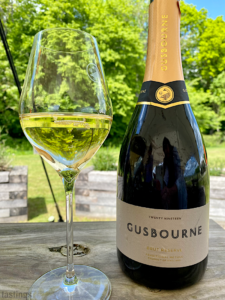
Are Brits Drinking British Sparkling?
While in-the-know U.S. wine enthusiasts have been in on the English Sparkling wine secret for a while, even most Brits outside of the wine cognoscenti are just now coming around to the incredible sparkling wines made in their own country.
As Ned Awty, interim chairman of Wine GB, explained, “U.K. consumers are increasingly looking for quality, local, sustainably produced products and U.K. wines fit that bill. Traditional media and social media, coupled with sommeliers, are helping to change attitudes and larger producers also have helped English Sparkling become more mainstream.”
Awty also notes that a new generation of wine consumers is emerging – a group who have grown up vineyards around them see it as normal to visit wineries for tastings and food. “You might call them British Wine Natives,” he says.
Wine Tourism is a Thing Now
As the English wine industry grows, so too does English wine tourism. Wine GB started English Wine Week in 2016 (scheduled for June 15-23, 2024), as a platform for retailers and wineries to heavily promote English wines and cultivate more English wine fans.
After visiting three sparkling houses and one urban London winery in May, I can effervescently report that the wines are excellent and the tasting rooms are full and lively! Here’s a recap:
Gusbourne
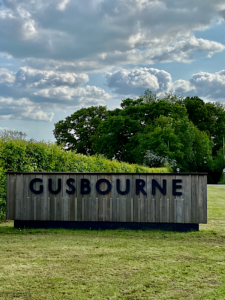
With 150 total acres under vine in West Sussex, Surrey and Kent, Gusbourne has been producing world-class traditional method sparkling wines since 2004. Their wines are widely available in the U.S. (imported by Broadbent Selections).
Gusbourne produces 100% estate wines and 100% vintage wines. Their plantings include the classic sparkling grapes: Chardonnay, Pinot Noir and Pinot Meunier.
Gusbourne’s sparkling wines are glorious, offering exquisite fruit balanced with acidity that make the wines come alive on the palate. Their still wines are equally excellent particularly their reserve Chardonnay and rosé of Pinot Noir – a result of warming temperatures that allow Chardonnay and Pinot Noir to fully ripen.
Ridgeview
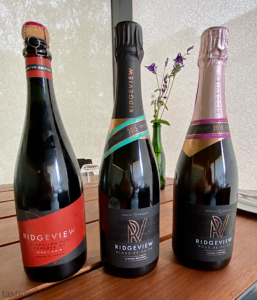
Ridgeview is one of England’s earliest sparkling houses, harking back to 1995. Mike and Chris Roberts still own it today and their son is the winemaker. Their first bottling in 2000 was named England’s Wine of the Year, and they’ve gone on to serve their 2004 Blanc de Blancs at Queen Elizabeth’s 80th birthday celebration in 2006! (The Queen served Ridgeview’s Sparkling Rosé to President Obama at Buckingham Palace in 2011.)
Ridgeview produces sparkling wines on a grand scale, making the wines quite accessible, both price-wise and flavor profile-wise to a wide cross section of wine consumers. (Read: they offer a hint more sweetness than others.)
Ridgeview is imported in the U.S. by Banville Merchants, and are some of the more accessible, price-wise, clocking in around $30-$45 (and up).
Rathfinney
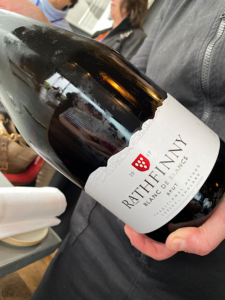
As a newcomer to the Sussex area, Rathfinney was founded by Mark and Sarah Driver in 2010. The property is enormous, and the Drivers anticipate soon having 350 acres under vine. Their first 50 acres were planted in 2012, but Rathfinney’s wines aren’t yet exported, so if you visit, bring a bottle or two home!
The Rathfinney Blanc de Blancs was one of the best English sparkling wines of the visit– generous fruit, fine bubbles, exceptional balance.
London Cru
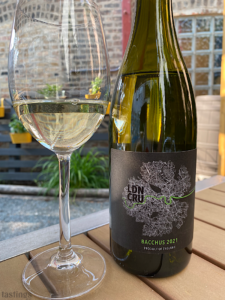
This is London’s first urban winery, opened in 2013. Located in an old gin warehouse in southwest London, they’ve been so successful that they acquired their own vineyard earlier this year. They are making and selling still and sparkling wines from international varietals like Chardonnay and Pinot Noir and native grapes like Bacchus. The wines are getting high marks from British reviewers, and they offer a range of tours and other experiences to engage consumers and get liquid to lips! Trying the 2021 Bacchus was a delight, bright citrus and orchard fruits like peach and apple and zesty acidity, and an approachable lower ABV of 11%
Why So Expensive?
It all boils down to the economics of making wine in England, versus making wine in a place such as Uruguay or Chile, where costs of land, labor, and production are less. While larger-scale brands like Ridgeview can be found for as low as $50 U.S. online, more boutique brands – even in England – retail for prices that equal those of grower Champagne ($60-$70 or more).
How Do They Differ from Champagne?
Other than location there is not much difference from Champagne. English winemakers are using the same three dominant grapes; Pinot Noir, Pinot Meunier and Chardonnay, mostly grown on similar limestone soils, and the majority are making their wines in the Methodé Champenoise, where secondary fermentation happens in the bottle. Both climates are cool and continental, so overall English sparkling wine is a more similar product to Champagne than even Franciacorta or Trentodoc.
And the soil similarities might be the most important aspect, especially for those that believe in terroir. Champagne is built on an outcropping of limestone, which is very porous, offering good drainage, and just the right amount of stress that sets up vines for success. The vineyards of Kent and Sussex are largely set upon nearly identical chalky soils to those in Champagne and with similar climate and the same grapes offer the same benefits.
Tradition may be the biggest differentiator but even revered Champagne houses are plunking down pounds for English vineyards and setting up shop with their own wineries in Kent and Sussex. Champagne Taittinger has put down roots in Kent and Champagne Pommery in Hampshire, west of Sussex.
Bottom line: English sparkling, as well as still wines are worth seeking out, whether from a local retailer, restaurant, or on your own English wine trip.
Cheers!

